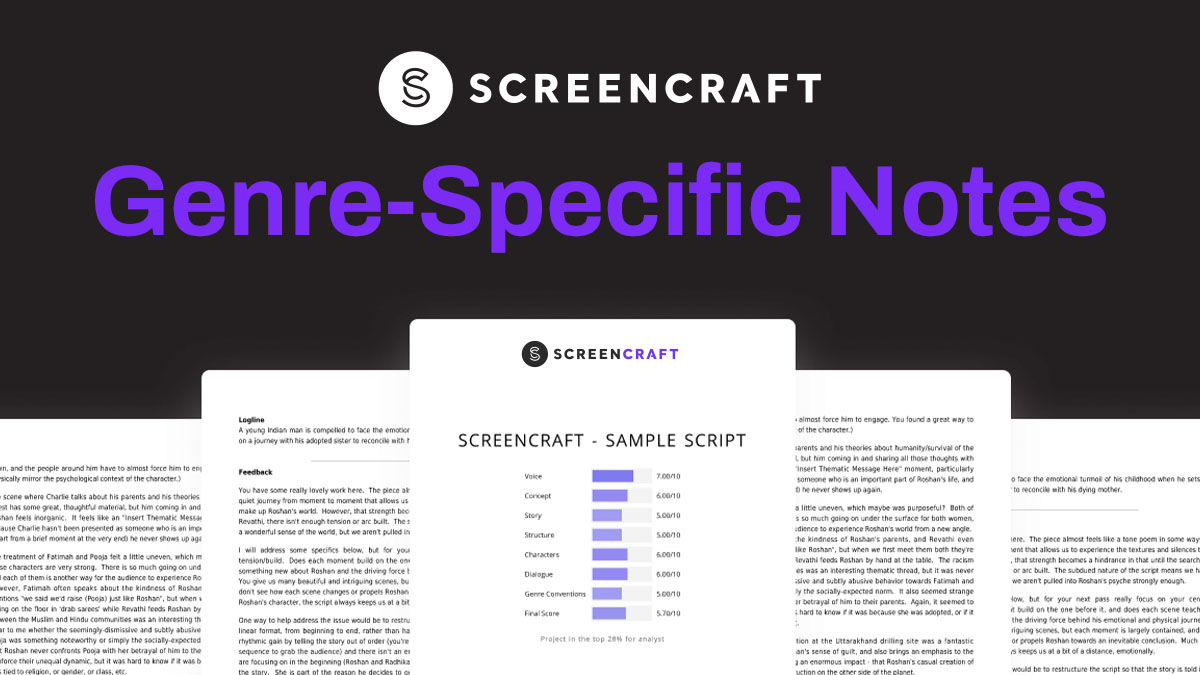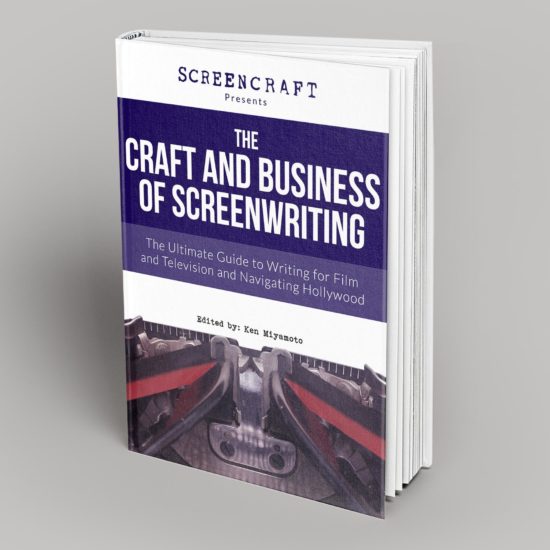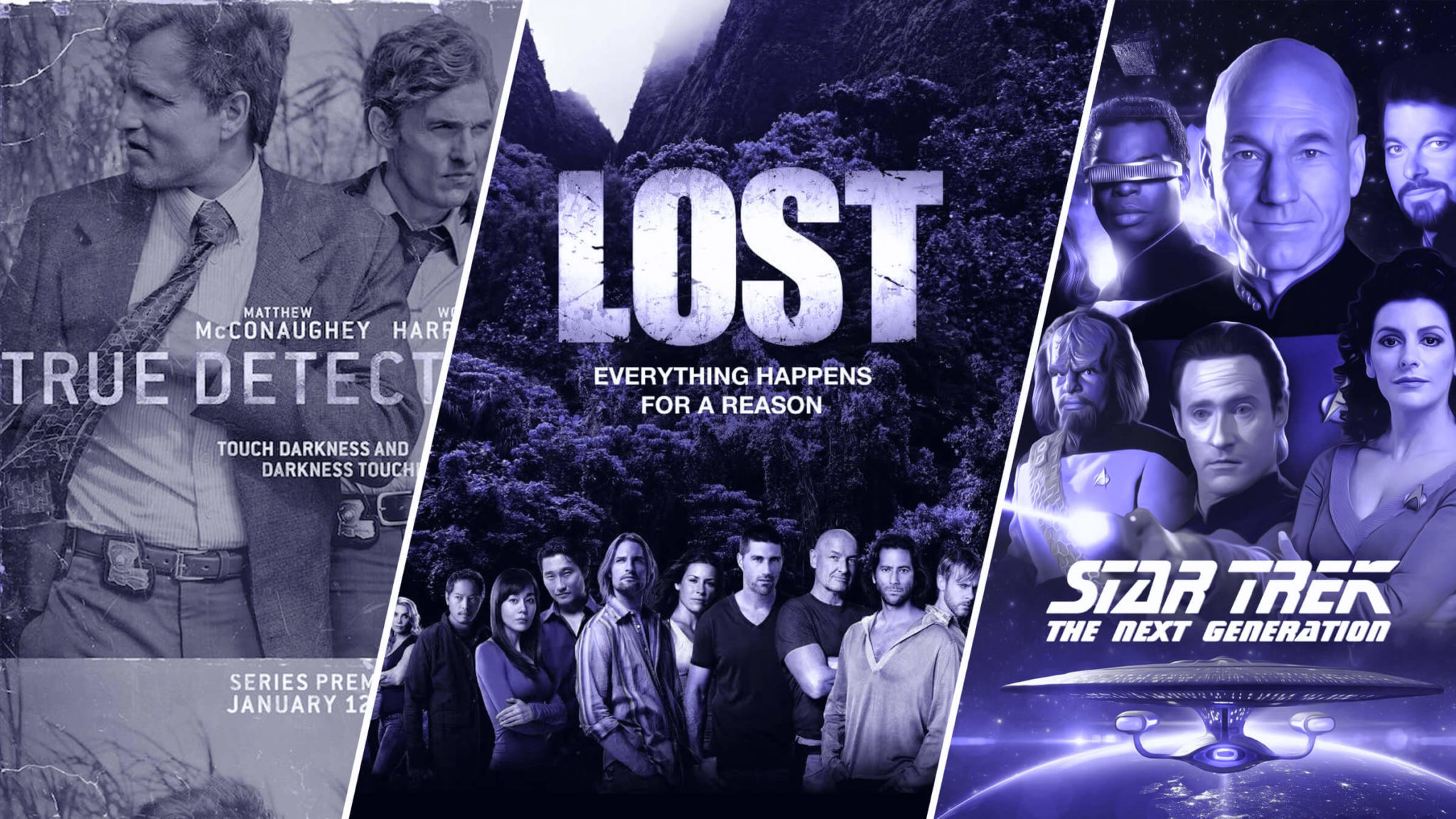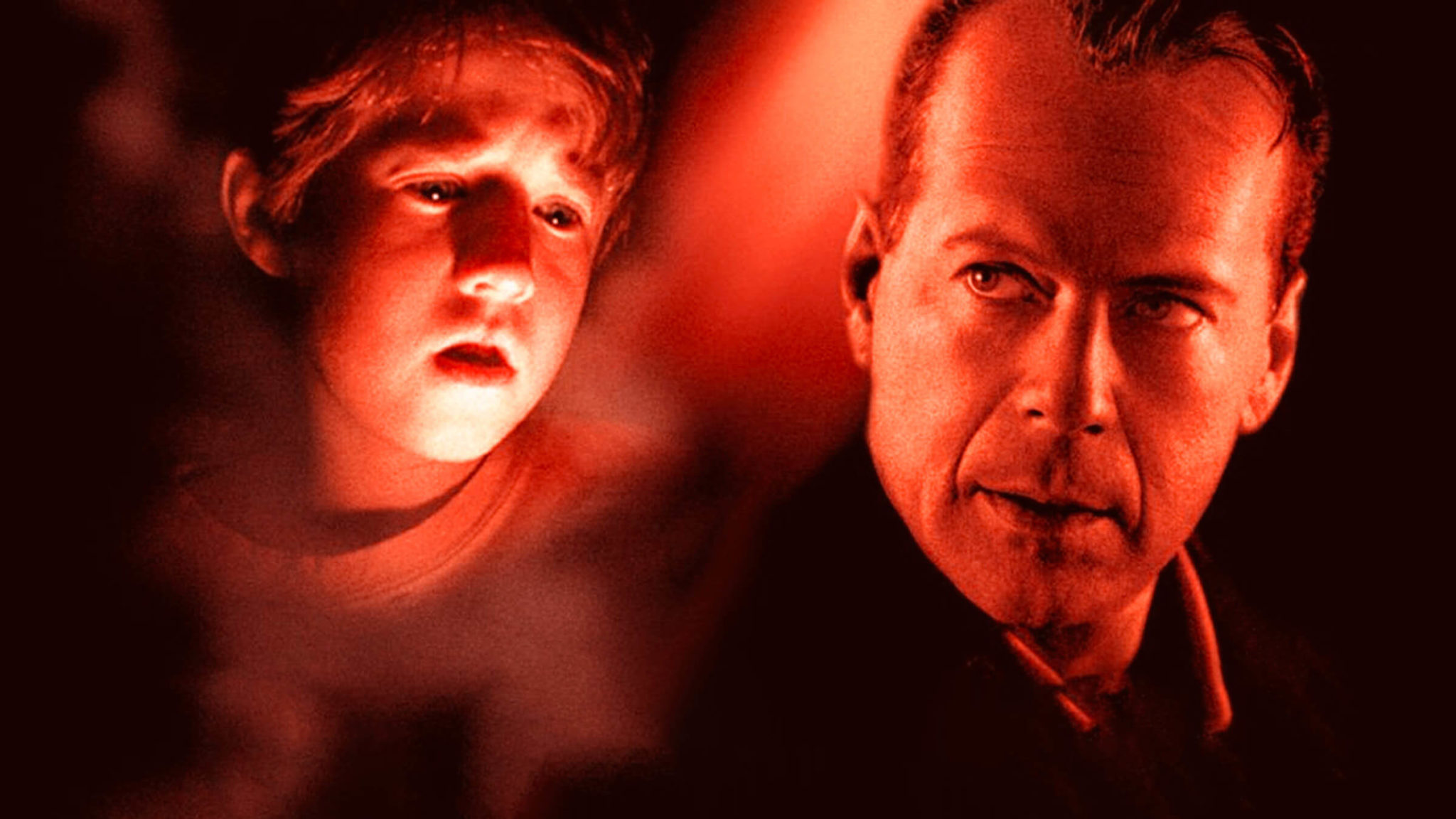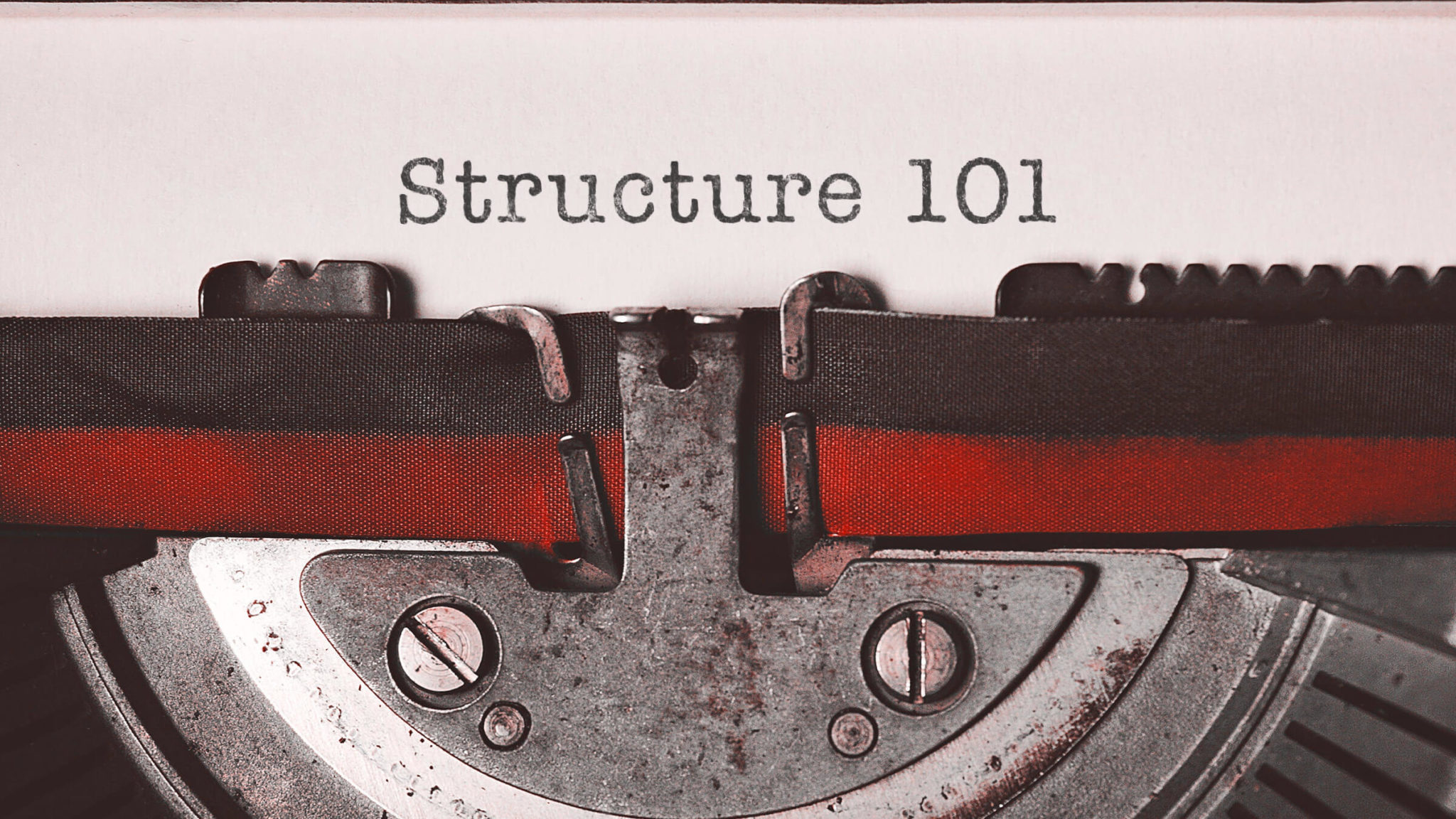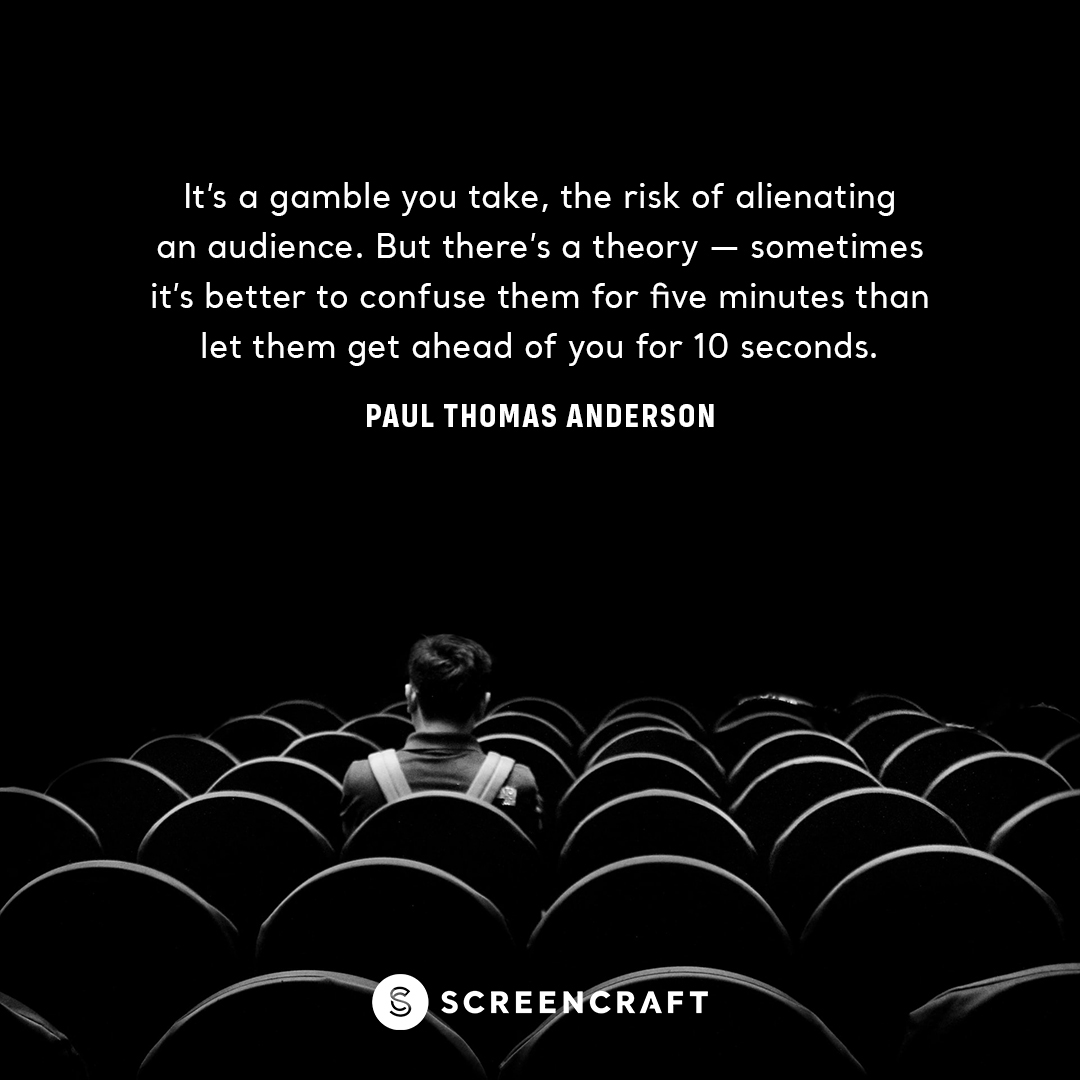How to Outline a Screenplay - a Pro Screenwriter's Guide

I have a confession. Back in the day, long before I had any consistent professional screenwriting contract work, I hated taking the time to outline a screenplay.
Excuses for not doing them included:
- “I want some creative freedom.”
- “I don’t want to suffer from paralysis of analysis.”
- “I want to leave things open for discovery.”
In retrospect, after over 15 professional writing contracts, 10 produced features (and counting), one miniseries, and working in development as a script reader/story analyst for Sony Pictures, I can easily say that all of that is, respectfully, naive malarkey.
Here’s a quick breakdown and guideline of why screenwriters should and need to learn to use outline a screenplay.
What Is an Outline?
Outlining a screenplay is essential for screenwriters, providing a clear overview of story beats and pacing before translating them into screenplay format (locations, scene descriptions, and dialogue).
By creating an outline, screenwriters can draft a general list of sequential scenes and moments, arranged in the order they will appear in the script. Typically, these are presented in a bullet-point or numbered format, with each entry offering a concise description of what occurs in each key scene and story beat.
This structured overview allows writers—and their collaborators (see below)—to make creative and editorial decisions before committing to writing the scenes in full cinematic detail.
For instance, if the outline reveals redundant, repetitive, or unnecessary scenes, these can be adjusted, rearranged, or removed, streamlining the story and saving time before the detailed writing begins.
Screenwriters who embrace outlining (as described above) use it as a means to organize and refine elements such as:
- Thoughts
- Visuals
- Scenes
- Sequences
- Twists
- Turns
- Plot points
- Character arcs
- Story arcs
These are the components that form the narrative structure of the screenplay.
Outlining a screenplay allows you to draft your script in broad strokes without being locked into specific details until the actual writing process begins.
How to Outline a Screenplay
Now, if you’ve done your homework and research, you’ve likely heard pundits and veteran screenwriters talk about using index cards to manage, maneuver, and organize scenes before the script is written. All of that is great, but when you outline a screenplay, it mirrors that time-tested method of using index cards.
This traditional approach involves jotting down scene breakdowns on individual cards, which can then be rearranged or discarded to optimize story flow.
You can save a few trees and some clutter by writing an outline on your computer using a simple document or on a beat board—and within that document, you can create a bulleted or numbered list.
It’s just as easy to cut and paste scenes and move them up or down the list. It’s even easier to delete them or set them aside with a few clicks.
Here’s the thing. While some screenwriters are enamored with the old-school method of index cards (likely because they read that their favorite famous screenwriter used them), when you become a pro screenwriter, you’re going to need to learn how to write outlines for every screenwriting contract you sign.
It’s very simple:
- You usually use a numbered list that looks exactly like this. In the first numbered point, you start at the beginning and write a general description of what is happening in the first scene. Any dialogue is summarized by explaining what is said or communicated.
- After that, you move on to the next scene.
- And then the next scene.
- You can have short descriptions like these, but you also want to make sure you’re communicating exactly what is happening in each scene, so generally consider having at least 3-4 sentences. For more vital scenes that need more description, feel free to write a whole paragraph.
- And you continue throughout the whole story until the end, detailing ALL twists, turns, story and plot points, etc.
Think of it this way, you’re telling the whole story—beginning to end—in visuals and brief breakdowns of dialogue and exposition.
There’s no end all be all as far as the number of scenes you should have. In my outlines for my Lifetime thrillers, I usually end up with around 80 scenes in total. Sometimes it’s less. Sometimes it’s just a little more.
One last tip on this. As you are doing this (and as you’re writing the script), write like a film editor edits.
Read More: Why Screenwriters Should Think Like Film Editors
Outlines Are Required for Most Pro Screenwriting Contracts
Don’t get me wrong. If you’re a Steve Zaillian or Aaron Sorkin, you’re likely going to be able to do whatever the heck you want when it comes to prep work for an assignment.
But you’re not, and neither are most working screenwriters out there.
Most pro screenwriting contracts break down paywalls like this:
- Commencement Fee
- Outline a Screenplay
- First Draft
- Additional Drafts
That’s right. In most pro contracts, the outline is the first thing you’re required to write. That’s why you need to let go of any bias or pushback on outlines, learn how to write them and embrace the benefits.
Read More: Pro Screenwriting Assignment Guide: Contract Sample and Breakdown for Features
Why and How Outlines are the Best Collaborative Tool
We’ve already covered the benefits outlines offer you, the screenwriter. But let’s discuss something even more important—you can outline a screenplay as a collaborative tool.
Film and television are collaborative mediums. If you’re an author, you have to hand in your novel to an editor and publisher. But the words authors write are really the end all be all when it comes to getting their stories into the hands and minds of their audience—the readers.
Screenwriters don’t have that freedom.
It only starts with the screenplay. For someone (beyond industry insiders) to experience your cinematic story, someone needs to take the script, attach a development executive, attach a producer, hire a director, hire a crew, hire a cast, etc.
With writing assignments, you’re hired to write someone else’s idea.
Selling a spec script is difficult in Hollywood—even for established pros.
What you’ll be doing most of the time as a pro is writing on assignment, where a studio, network, streamer, or production company hires you to write a screenplay based on story rights they own, a screenplay they need to be rewritten, intellectual property they want to adapt for the screen, or original concepts they’ve come up with.
So, in short, be ready to be collaborative. And the main collaborative tool in the screenwriting process is the outline.
Read More: 5 Things to Expect During Paid Screenwriting Assignments

How a Screenwriter Saves Time (and a Headache) with Outlines
As screenwriters, we all know that scripts are houses of cards. Whenever you’re asked to change anything, move a scene around, add a scene/storyline/character, delete a scene, or edit a scene, it’s a difficult process because you’ve (hopefully) worked hard to structure the script while intertwining all of the screenplay elements to create an outstanding cinematic story.
When you move one thing, it can vastly affect the rest of the script and all of the work you’ve put into it.
But, when you outline a screenplay, you can make a lot of collaborative decisions before the script is even written. This is when that “index card” process comes into play as you and your development executive, producer, or director can move the pieces before they’re “glued” into the script.
Since each bullet or numbered point is a brief description of what is happening and what is being said within each given scene, you can easily adjust, adapt, and configure the whole vision of the story before you even start to write the script.
The outline is when those difficult discussions can be had, and those many story and character notes can be applied. And it’s so much easier to do this in the outline phase.
By the time you get to script, you’ve worked out most of those big collaborative issues.
Here is where things get really awesome. Once the outline is complete and agreed upon (you’ll write it, hand it in, get notes, hand in another draft), you get to go to script —and the actual script writing process is so much easier because you’ve already problem-solved so much during the outlining process. You’ll be shocked by how much faster you can write.
It gets even better.
Read More: The 10-Day Screenplay Solution: Learn How to Write Lightning Fast
Outlines Can Mean Fewer Notes Down the Line
Once you hand that first draft in, the notes you get back are far, far more minimal because you’ve already agreed upon almost every element with the powers that be as you collaborated through the outline process.
This is why you’ll find outlines written into 99.9% of the screenplay contracts out there. It helps to streamline the process and also ensures that the screenwriter and company are on the same page (pun intended).
Read More: 7 Ways Screenwriters Can Survive and Conquer the Writing Assignment
Start Using Outlines BEFORE You Become a Pro
Don’t wait until you get your first assignment. Start using outlines now. Hopefully, you can see the benefits.
And remember, you still have plenty of creative freedom and room for discovery. You can change anything, anytime.
- Outlines give you structure. Structure is necessary for screenwriting because you are essentially writing a blueprint for a cinematic story that hundreds of others will use to bring it to life.
- Great structure leads to great pacing, which betters the reading of your script and keeps your cinematic story moving.
Consider outlines as the foundation of your script. Once you get into the writing of the script, that’s when you can build the story and characters, and decorate them with style and cinematic magic.
Check out our Preparation Notes so you start your story off on the right track!
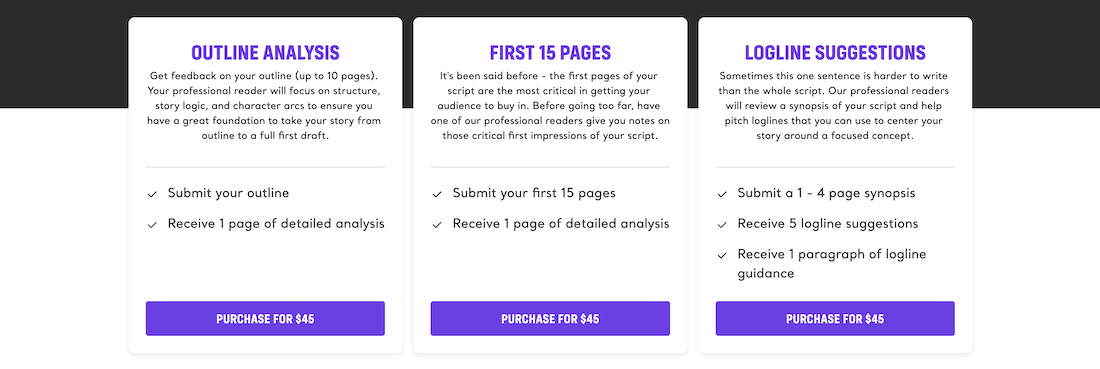
Ken Miyamoto has worked in the film industry for nearly two decades, most notably as a studio liaison for Sony Studios and then as a script reader and story analyst for Sony Pictures.
He has many studio meetings under his belt as a produced screenwriter, meeting with the likes of Sony, Dreamworks, Universal, Disney, Warner Brothers, as well as many production and management companies. He has had a previous development deal with Lionsgate, as well as multiple writing assignments, including the produced miniseries Blackout, starring Anne Heche, Sean Patrick Flanery, Billy Zane, James Brolin, Haylie Duff, Brian Bloom, Eric La Salle, and Bruce Boxleitner, the feature thriller Hunter’s Creed, and many produced Lifetime thrillers. Follow Ken on Twitter @KenMovies and Instagram @KenMovies76
Get Our Screenwriting Newsletter!
Get weekly writing inspiration delivered to your inbox - including industry news, popular articles, and more!







